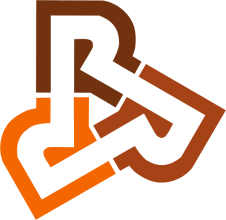The SEURAT-1 approach towards animal free human safety assessment
Main Article Content
Abstract
SEURAT-1 is a European public-private research consortium that is working towards animal-free testing of chemical compounds and the highest level of consumer protection. A research strategy was formulated based on the guiding principle to adopt a toxicological mode-of-action framework to describe how any substance may adversely affect human health. The proof of the initiative will be in demonstrating the applicability of the concepts on which SEURAT-1 is built on three levels: (i) Theoretical prototypes for adverse outcome pathways are formulated based on knowledge already available in the scientific literature on investigating the toxicological modes-of-action leading to adverse outcomes (addressing mainly liver toxicity); (ii) adverse outcome pathway descriptions are used as a guide for the formulation of case studies to further elucidate the theoretical model and to develop integrated testing strategies for the prediction of certain toxicological effects (i.e., those related to the adverse outcome pathway descriptions); (iii) further case studies target the application of knowledge gained within SEURAT-1 in the context of safety assessment. The ultimate goal would be to perform ab initio predictions based on a complete understanding of toxicological mechanisms. In the near-term, it is more realistic that data from innovative testing methods will support read-across arguments. Both scenarios are addressed with case studies for improved safety assessment. A conceptual framework for a rational integrated assessment strategy emerged from designing the case studies and is discussed in the context of international developments focusing on alternative approaches for evaluating chemicals using the new 21st century tools for toxicity testing.
Article Details
Articles are distributed under the terms of the Creative Commons Attribution 4.0 International license (http://creativecommons.org/licenses/by/4.0/), which permits unrestricted use, distribution and reproduction in any medium, provided the original work is appropriately cited (CC-BY). Copyright on any article in ALTEX is retained by the author(s).


